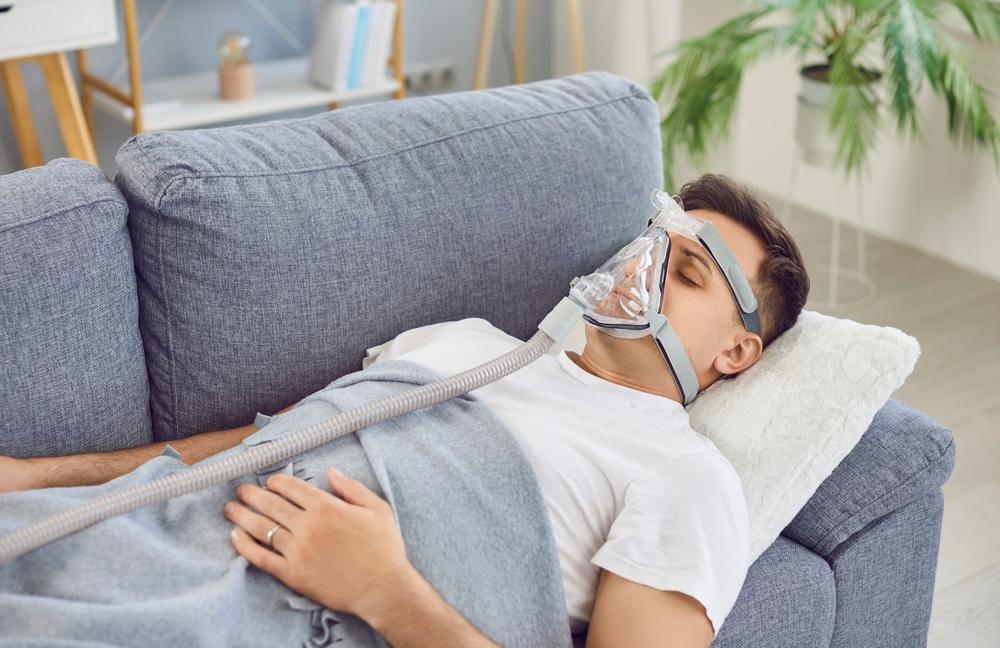CPAP vs. BiPAP
Understanding the key differences between Continuous Positive Airway Pressure (CPAP) and Bi-level Positive Airway Pressure (BiPAP) therapy to find the right treatment for your respiratory needs.
Positive Airway Pressure Therapy
Both CPAP and BiPAP machines are forms of positive airway pressure (PAP) therapy designed to help people with breathing difficulties during sleep. While they share the same fundamental goal of keeping airways open, they work in distinctly different ways to meet varying patient needs.

CPAP Therapy
Continuous Positive Airway Pressure - The gold standard for sleep apnea treatment
How CPAP Works
CPAP machines deliver a continuous stream of pressurized air at a single, constant pressure level throughout the entire breathing cycle. This steady airflow acts like a pneumatic splint, keeping your upper airway open during both inhalation and exhalation.
The pressure setting is determined during a sleep study and remains consistent throughout the night, providing reliable support for your breathing patterns.
CPAP Benefits
- Proven effective for obstructive sleep apnea
- Simple, reliable technology
- More affordable than BiPAP
- Widely available and covered by insurance
- Easy to use and maintain
- Extensive research supporting effectiveness
Comprehensive Comparison
Detailed analysis of CPAP vs. BiPAP features and applications
| Aspect | CPAP | BiPAP |
|---|---|---|
| Pressure Delivery | Single, constant pressure | Two pressure levels (IPAP/EPAP) |
| Breathing Comfort | May feel restrictive during exhalation | More natural breathing pattern |
| Cost | Lower cost | Higher cost |
| Primary Use | Obstructive sleep apnea | Complex respiratory conditions |
| Technology Complexity | Simple technology | More advanced technology |
When Each Therapy is Prescribed
Common conditions and scenarios where CPAP or BiPAP therapy is recommended
CPAP is Prescribed For
Sleep Disorders
- Obstructive Sleep Apnea (OSA)
- Upper Airway Resistance Syndrome
- Some cases of Central Sleep Apnea
Patient Characteristics
- Can tolerate constant pressure
- No significant respiratory muscle weakness
- Normal CO2 levels
- Good respiratory drive
BiPAP is Prescribed For
Respiratory Conditions
- COPD with sleep-related breathing disorders
- Neuromuscular Disorders
- Complex Sleep Apnea Syndrome
Special Circumstances
- CPAP intolerance or failure
- High pressure requirements (>15 cmH2O)
- Need for ventilatory support
Making the Right Choice
Factors to consider when determining the best therapy option
Medical Evaluation
Your sleep specialist will evaluate your specific condition, sleep study results, and medical history to determine the most appropriate therapy.
Trial Period
Many patients start with CPAP therapy. If tolerance issues arise or therapy is inadequate, BiPAP may be considered as an alternative.
Insurance Coverage
CPAP is typically covered as first-line therapy. BiPAP coverage requires medical documentation showing CPAP failure or specific medical indications.
Comfort & Compliance
The best therapy is the one you'll use consistently. Comfort, ease of use, and personal preference all play important roles in treatment success.
Breathe Better, Sleep Better
Join our wellness newsletter for expert sleep advice, therapy tips, and exclusive product updates.
